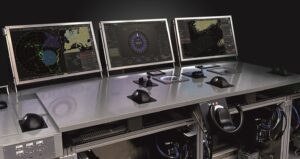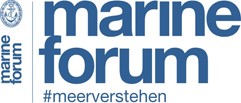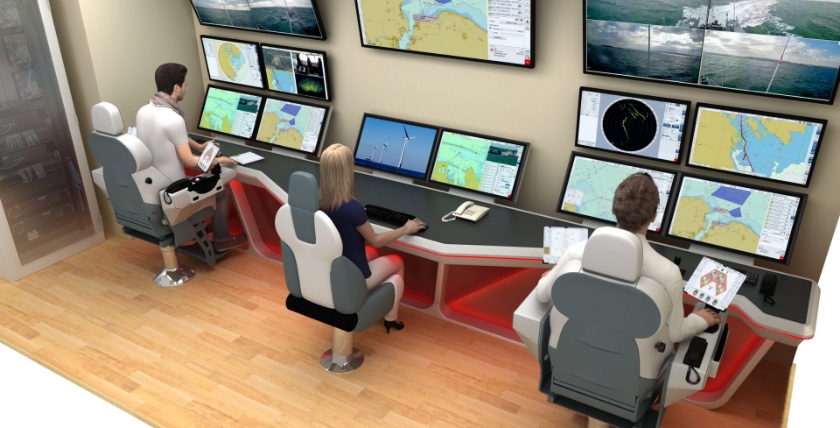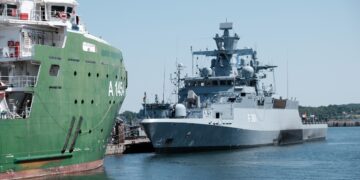Anschütz, the German market leader for navigation and bridge systems, has developed and successfully tested an automatic collision avoidance system (CAS) as part of the Kiel CAPTN initiative (see below for more information).
The automation of vehicles in a busy sea area such as the Kiel Fjord posed a particular challenge, the true dimensions of which only become apparent in practical application. However, during the lengthy series of tests, the situation analyses and recommendations for action made by the CAS coincided with those of the navigators critically accompanying them - a good basis for the further development of autonomous navigation.
The CAS is based on an algorithm that summarises the maritime situation using conventional sensor data (radar, lidar, cameras, AIS) and couples this with an extended autopilot. In accordance with the international rules for preventing collisions at sea, the risks are continuously assessed and dynamically displayed. If a collision risk is detected, the system calculates safe manoeuvring areas and suggests movement paths that take into account water depths, navigation marks, restricted areas and other relevant factors. In the next phase, the situation analysis will be further expanded using video data to enable a comprehensive image display in the monitoring station.

Anschütz develops autonomous navigation and deployment system. Photo: Anschütz
"The practical tests in the test field of the Kiel CAPTN initiative have given us the opportunity to combine our findings from the research laboratory and simulator with practical experience and user feedback over a period of more than nine months," says Daniel Sommerstedt, project manager for autonomous navigation research at Anschütz.
The new collision avoidance system from Anschütz is an example of the future of shipping. Automated systems can reduce human steering effort and help to increase maritime safety on the waterways. Anschütz is endeavouring to establish the CAS as a certified system for commercial shipping.
With this success, Anschütz has secured a position in a market in which companies such as Kongsberg Maritime, Rolls-Royce and Wärtsilä are also present.
Clean Autonomous Public Transport Network
Kiel's CAPTN initiative aims to realise flexible, emission-free and autonomous mobility for commuters and tourists on land and at sea. Bicycles and buses are also to be included in the new concept for local public transport. Small ferries without a captain and fixed timetable are planned, which can be ordered around the clock on the Kiel Fjord as required via an app on a smartphone.

CAPTN research project - Floating test vehicle. Graphic: CAU, Muthesius Academy of Fine Arts and Design Kiel
The idea for the CAPTN FördeAreal came from a network of Kiel research institutions and regional companies in 2018. The network includes Kiel University (CAU), Forschungs- und Entwicklungszentrum GmbH (Kiel University of Applied Sciences), Wissenschaftszentrum Kiel GmbH (joint institution of the CAU and the state capital of Kiel) as well as the Schleswig-Holstein Wi-Fi provider Addix and the company Anschütz.
Anschütz develops autonomous navigation and deployment system
However, these developments by the Kiel-based specialists at Anschütz relating to a navigation and deployment system are also of great importance for modern naval operations - which will also be carried out with unmanned and autonomous platforms in the future.
The autonomous navigation of the platform via a navigation situation picture created by various sensors and the execution of tactical mission functions of the platform as well as the control and monitoring by an automation management system are based on proven technologies from Anschütz. The centrepiece of the overall solution is the integrated SYNAPSIS navigation system.

Control centre for remote monitoring of the autonomous test ferry "Wavelab". Photo: Anschütz
The system being developed at Anschütz naturally also allows remote control by a remote tactical operations centre, e.g. a land station, a container solution in the coastal area, or even a mother ship - as a starting point and reference for the development chain. After all, even the most autonomous systems must remain controllable by the operator in charge of the operation.
Unmanned systems that are quickly available are what the German Navy has in mind for the very near future. Let's see when the first hardware visibly and successfully cruises through the fjord, fitted with their system by the specialists at the entrance to the canal. However, there is still little information on this. It would be important. And it should also be quick.
Singapore and Taiwan are already demonstrating how this works.












0 Kommentare